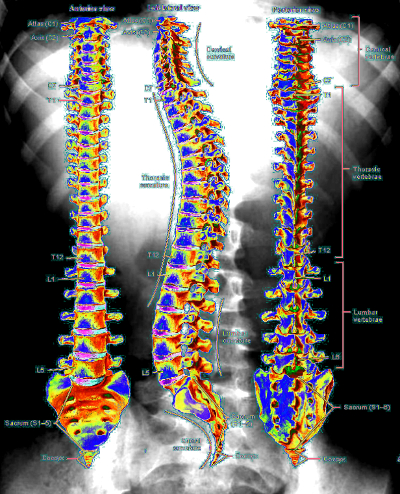Tech fund to find new spinal fusion
 Researchers are working on a new surgical instrument to enable bone graft delivery during minimally invasive spinal fusion procedures.
Researchers are working on a new surgical instrument to enable bone graft delivery during minimally invasive spinal fusion procedures.
The concept – proposed by two South Australian clinicians – has been awarded $30,000 in research and development assistance from the SA Government’s Manufacturing Works Medical Technologies Program.
“According to the National Hospital Morbidity Database, back problems contributed to more than 100,000 hospitalisations in Australia during 2011 and 2012,” said SA Manufacturing and Innovation Minister Kyam Maher.
“While spinal fusion surgery is often the last resort to treat back problems, it can cost around $46,700 per patient.”
Flinders University’s Medical Device Partnering Program (MDPP) Director Professor Karen Reynolds says several studies published in 2012 by the National Centre for Biotechnology Information showed that patient benefits of minimally invasive surgeries over open surgeries.
These benefits included significantly less blood loss, less scars, shorter hospital stays, lower complication rates and a lower number of residual events.
“This project aims to provide a solution to achieve the same level of bone graft placement during minimally invasive spinal fusion surgery as achieved during open surgery, but with additional benefits,” said Professor Reynolds.
“The proposed product will aim to be compatible with existing fixation systems to enable bone surface preparation and graft deposit without the need to make an additional incision to the patient or remove healthy discs.
Minister Maher said this was one example of how the MDPP could work with clinicians to develop a practical solution that will ultimately benefit patients and reduce the costs incurred with longer hospital stays.
“Often the best ideas for new medical devices come from clinicians, given they are the people who use or administer the technologies,” he said.
“However, they don’t necessarily have the expertise or capabilities to actually develop the products, which is where the MDPP can step in.”
The MDPP prototype will allow the inventors to demonstrate the bone graft concept to future investors.
The project will also deliver a market intelligence report that can be utilised by the inventors to craft a business case and commercialisation strategy at a later stage.








 Print
Print